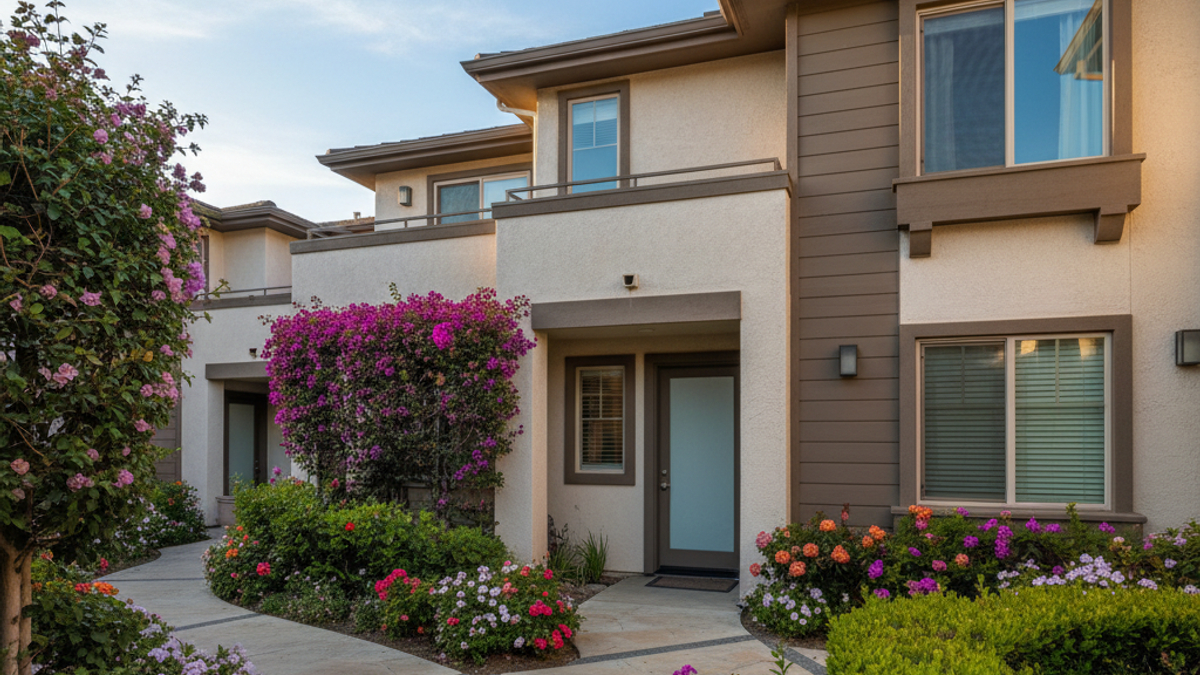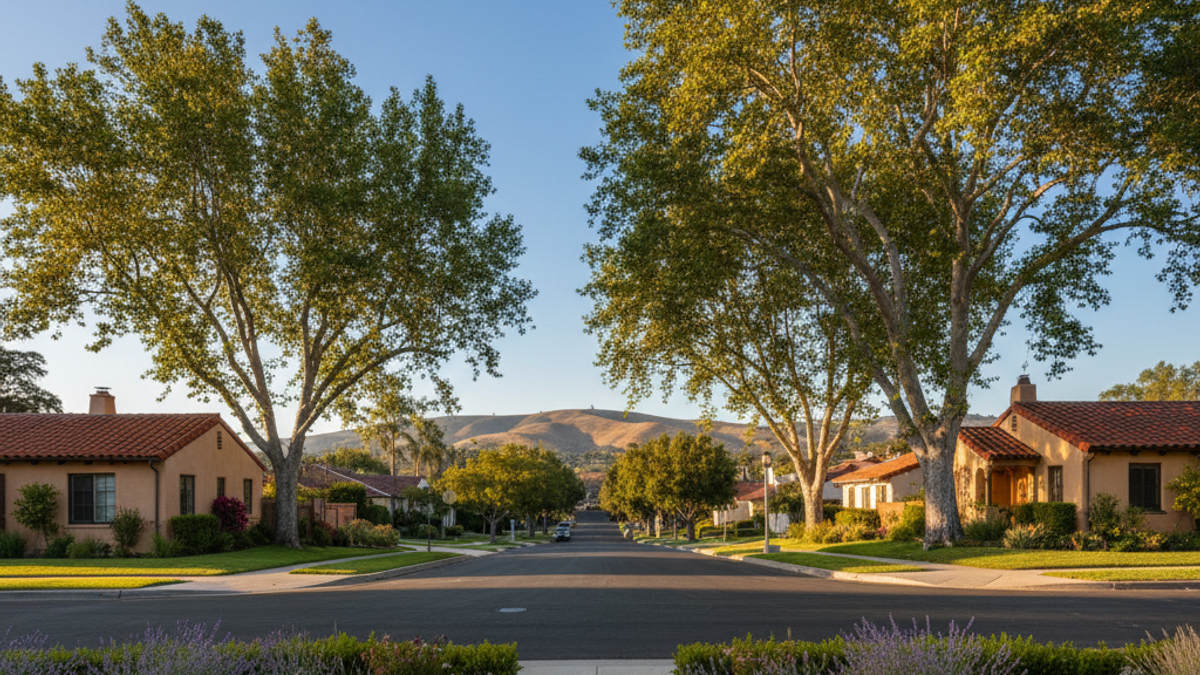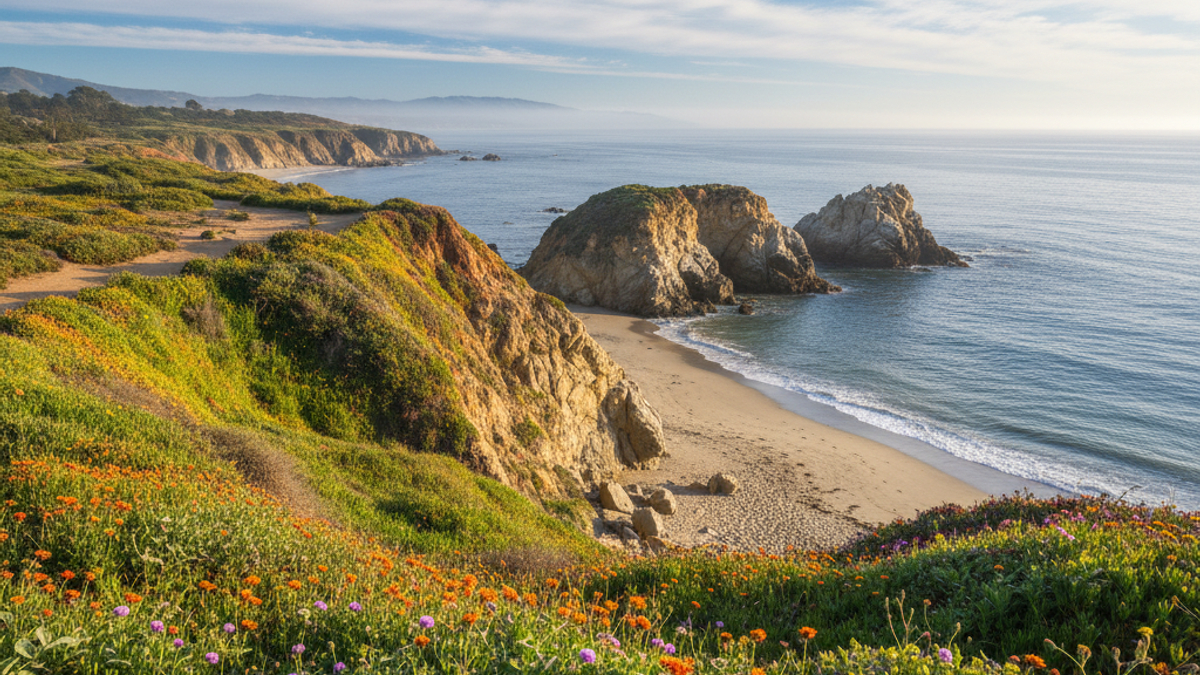You’re scouring the web for real-world numbers, not brochure fluff. Let’s rip the lid off everyday expenses in Laguna Niguel, California. By the time you finish, you’ll know whether the ocean-kissed hills, winding trails, and terracotta rooftops match your wallet or wreck it.
Some bits will sting. Some may surprise you in a good way. Either way, clarity wins.
Laguna Niguel in One Quick Snapshot
The city sits on the inland side of Pacific Coast Highway in south Orange County. Drive ten minutes west and your toes land in the sand at Salt Creek. Two freeway exits (Crown Valley and Avery) connect you to Interstate 5 for bigger commutes. Roughly 65,000 residents call the place home, give or take a yearly shuffle. The crowd skews working-age professionals with a heavy slice of remote workers who traded L.A. traffic for canyon views.
Now the thing most blogs skip. Topography rules the housing map here. Property lines snake along ridges rather than neat grids, so a street can jump 200 feet in elevation within three blocks. Translation: identical floor plans can differ in price by six figures because one backyard faces rooftops while the other watches sunsets. Keep that in mind as you scan listings.
Homes, Condos, Rent: What the Checks Really Look Like
The first question everyone asks. How much for a roof?
- Detached homes
- Median closing price this spring: about $1.35 million.
- Entry-level three-bed in older neighborhoods like Niguel Hills: mid-$1 million after you factor repairs.
- Newer gated enclaves that whisper about clubhouses: $2 million and climbing.
- Condos and townhomes
- Average sale: $815,000.
- Two-bed places under 1,100 square feet do still trade in the high sixes if the balcony faces inland. Ocean peek bumps that by $50k-$80k.
- Rent
- One-bed apartment in a 1980s garden complex: $2,450.
- Newer mixed-use buildings at Crown Valley: $3,050 for a one-bed.
- Single-family lease with a yard: $4,800 to $6,000 depending on view and whether the kitchen just got a quartz facelift.
Hidden line items many newcomers miss:
- HOA dues. Anything built after 1985 usually carries a monthly fee. The spread runs from $120 for a basic condo association to north of $400 for master-planned tracts that cover slopes, greenbelts, fountains, the whole show.
- Mello-Roos assessments. A few pockets east of Pacific Park were financed with these bonds in the 90s. Add 0.2 percent to the base property-tax rate for those homes.
- Special landscape districts. Twenty-three dollars here, forty-eight there. They appear on the tax bill as line items called CFD or LLMD. Small amounts, yet they stack.
Utilities play a bigger role than you’d guess in an area that leans heavily on air-conditioning from May to October.
- Electricity. Southern California Edison sets tiered rates. The blended effective cost last summer was 34 cents per kilowatt-hour once you blew past baseline. A 2,000-square-foot house with average insulation routinely sees $280-$340 during hot months.
- Water. The city buys imported water from the Metropolitan Water District. Tier 1 is cheap at $3.26 per unit. Tier 3 spikes to $7.59. Sprinkler lovers, beware.
- Trash and recycling. CR&R handles pickup. Expect $29 a month for the default three carts.
- Internet. Cox Communications dominates. The 500 Mbps plan runs $79.99 before equipment. Fiber touches a handful of streets thanks to AT&T; count on similar pricing.
You start adding these numbers and understand why that friend in Phoenix keeps bragging.
Taxes: How Sacramento, the County, and the City Reach into Your Wallet
California state income tax brackets top out at 12.3 percent, but most earners in Laguna Niguel land between 9.3 and 10.3. Hide-and-seek won’t work here; payroll systems grab it before you see it.
Property tax. Orange County lists a base rate of 1.06 percent, yet special assessments nudge the effective rate closer to 1.18. A $1.35 million purchase equals roughly $15,900 per year. Toss in those Mello-Roos parcels, and some owners cut a check closer to $18k.
Sales tax sits at 7.75 percent. That’s identical to Dana Point and a hair lower than Santa Ana’s 8.75. High by national standards, middle of the pack for California.
One bright spot. The city avoids utility-users taxes that pop up elsewhere. No extra line on your Edison bill for “city surcharge.” Small victory, still a victory.
Groceries, Dining Out, Saturday Fun
Let’s raid the pantry.
- Dozen cage-free eggs: $6.39
- Organic chicken breasts per pound: $7.49
- Sourdough loaf from local bakery: $5.79
- Avocados, three for $5.00 (peak season)
Total for a modest cart feeding two people for five dinners: about $115.
Compare that to the same basket in Dallas at $86. Not pretty, yet consistent with beach-adjacent California markets.
Dining out. Chain restaurants cluster around the Kaleidoscope center by the freeway. Entrées average $22. Coastal taverns at Monarch Beach push that to $34 before drinks. Quick-serve poke bowl with tax and tip sneaks past $17. Locals who eat out four nights a week feel it right away.
Entertainment spectrum:
- City gym membership at Crown Valley Center: $48 a month for residents.
- Boutique Pilates studio with ocean views: $189 for eight classes.
- Regal Edwards theater ticket: $16.85 Friday nights.
- Summer concerts in the amphitheater: free entry, but parking at the library lot climbs to $10 if you arrive late.
Free options exist. Aliso Summit Trail at sunrise. Laguna Niguel Regional Park fishing pier. Yoga meet-ups on the bluff behind the YMCA. All cost nothing beyond a cup of coffee afterward, yet blogs usually gloss over them.
Moving Around: Gas, Toll Roads, Commute Quirks
Gas hovered at $5.58 per gallon of regular the second week of April. Costco in neighboring San Juan knocks fifteen cents off, so many locals idle in that wraparound line each weekend.
Public transit is limited. An OCTA bus loops up Crown Valley every half hour, but schedules crater after 7 p.m. Anyone commuting to Irvine Spectrum or South Coast Metro mostly drives.
Watch for two cost traps:
- State Route 73, the private toll road slicing through Laguna Niguel’s eastern edge. Entry at Greenfield to MacArthur racks up $3.59 with FasTrak. Five days a week equals $748 per year.
- Wear and tear on brakes. Those rolling hills look lovely until you start descending Golden Lantern daily. Brake pads disappear quicker than on flat terrain. A complete pad and rotor job on a mid-size SUV ran me $938 at the dealer last fall.
Remote work has softened peak traffic, yet school pickup at 3 p.m. still clogs Alicia Parkway from Moulton to Pacific Park. Plan grocery errands around it or watch the fuel gauge drop.
Does the Quality of Life Justify the Cost?
Big question. No universal answer.
If you surf at Salt Creek before your 9 a.m. Zoom, picnic at Laguna Niguel Lake on lunch break, and finish with tacos under twinkle lights at Rancho Niguel Plaza, then yes, that $18k property-tax bill feels like rent on a lifestyle you actually use.
If your weekdays run Irvine office to LAX red-eye flights to hotel conferences, you might trade those hills for lower-cost inland cities and never look back.
You know your habits better than any blogger.
Ready to Run the Numbers Yourself?
1. Pull three active listings on Redfin in neighborhoods you like. Add 1.18 percent to the list price for property tax.
2. Go to socalgasprices.com, punch in 92677. Multiply that by your weekly miles.
3. Call Cox. Ask for current promotions on 500 Mbps. They usually shave $20 off for twelve months if you ask nicely.
4. Check your HOA tolerance. Some people love pools and tennis courts. Others bristle at reminders about garage-door colors. The emotional cost matters too.
Set all that against your income, your hobbies, your tolerance for high utility bills when the Santa Ana winds blow hot. Decision gets clearer.
Quick-Hit FAQs
- Q: How does Cost of Living Laguna Niguel compare to Los Angeles?
A: Housing is similar to the nicer suburbs of L.A. County, but most everyday services run 5-7 percent higher because fewer discount chains operate in south OC. - Q: Are utilities pricier than in Mission Viejo or Aliso Viejo?
A: Electric and water rates match almost exactly. What changes is usage. Homes on steeper hillsides catch more afternoon sun, so air-conditioning cycles longer. - Q: Does the city’s cost profile affect public schools?
A: Classroom funding comes from state averages, so not directly. Booster clubs thrive here though, which can translate into robust after-school programs that lean on voluntary donations. - Q: How’s the local job market?
A: Tech, medical device, and finance offices dot the Irvine corridor fifteen miles north. Most residents either telecommute or tackle that drive. Unemployment remains roughly a point below state average. - Q: Is Laguna Niguel doable for someone eyeing early retirement?
A: Possible if the mortgage is locked in and you leverage the city’s free recreation. HOA dues and health-care premiums remain the wild cards.
Your Move
Numbers on a screen only go so far. Spend a Saturday here. Price strawberries at Gelson’s, fill the gas tank, drive from Camino Del Avion up to Highlands West and watch how often you tap the brakes. This boots-on-ground audit will tell you more than any statistic.
If it all still feels right, then welcome. If not, now you know before writing an offer.
Either way, knowledge in your back pocket. Wallet thanks you later.












